What makes a label visually appealing?
To truly be effective and have an impact on a retail shelf within seconds, a label must contain a number of key characteristics. Here we outline a few elements brand owners and designers must consider that take a product label from eye-catching to product purchasing.
1. Clear images and message
The key purpose of a product label is to communicate information with the goal of motivating a consumer to purchase the product. If this information is not readable, communicated clearly or cluttered, the content on your label is going to waste and the potential for a sale lost.
By using a readable font, appropriate language for the consumer, and a clear layout, the information conveyed on the label will be quickly and easily understood.
2. Visually Attractive
When there are 20 different brands of the same product clustered into one shelf at the supermarket, it can be hard to pick one brand from the next. An effective label needs to attract the consumer’s attention and be memorable. Consider the colour, font, graphics and even shape of the label.
3. Informative
As previously mentioned a label is used to inform. So, to be an effective label it needs to be able to appropriately inform the consumer with necessary information, including nutritional information, warnings and instructions.
However, being informative can go beyond what is required by law. It can include extra nutritional advice, accreditations, or recommendations on how to use or serve the product (for example, incorporating the product into a recipe), which provides the consumer with more than they expected.
4. Right substrate and finish
It can be an informative, clear and attractive label but without the correct material, adhesive or finish it may not last to be able to communicate that information. Using the most suitable label material for the product will ensure durability against the conditions expected during the life of the product – for example, a product labelled and stored in a cold room/freezer, or a product exposed to an ambient to high temperature range. Additionally, adding a laminate or coating to the label not only adds an attractive matte or gloss finish, but protects the label against moisture (condensation) or scuffing.
Selecting the material by considering the product life and environment means the label will be both fit for purpose and cost-effective, as the risk of an ‘over-spec’d’ label has been eliminated.
5. Clear branding
An effective label can tick every other box, however it still needs to remain true to your brand. Labelling that is on brand will allow consumers to easily associate brands to products and vice versa. Think of how distinctive products from major brands like Coca-Cola and Cadbury are, and how they stand out against rival brands in the supermarket. It also makes any new products in the range familiar to existing loyal consumers.













